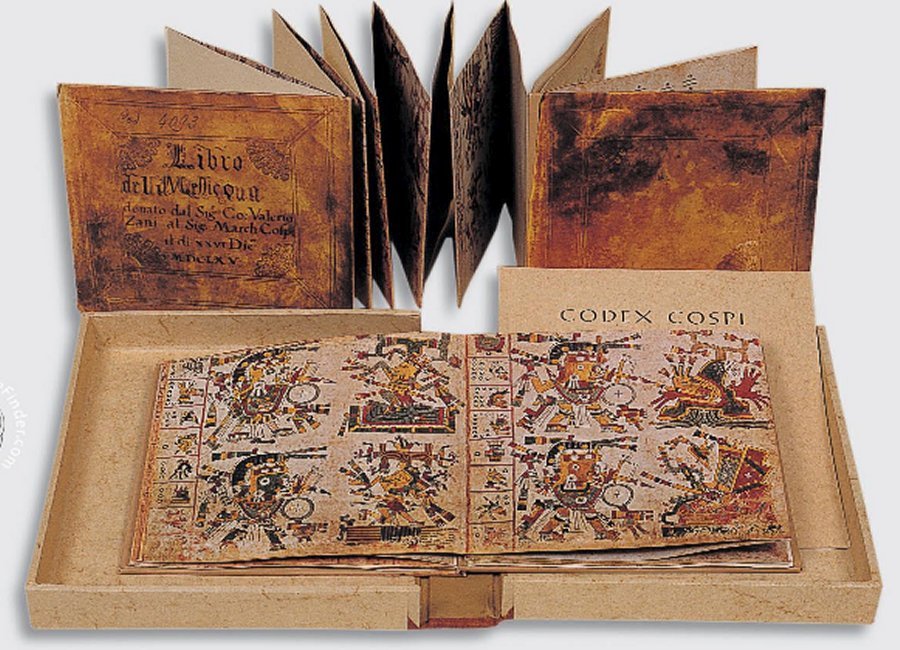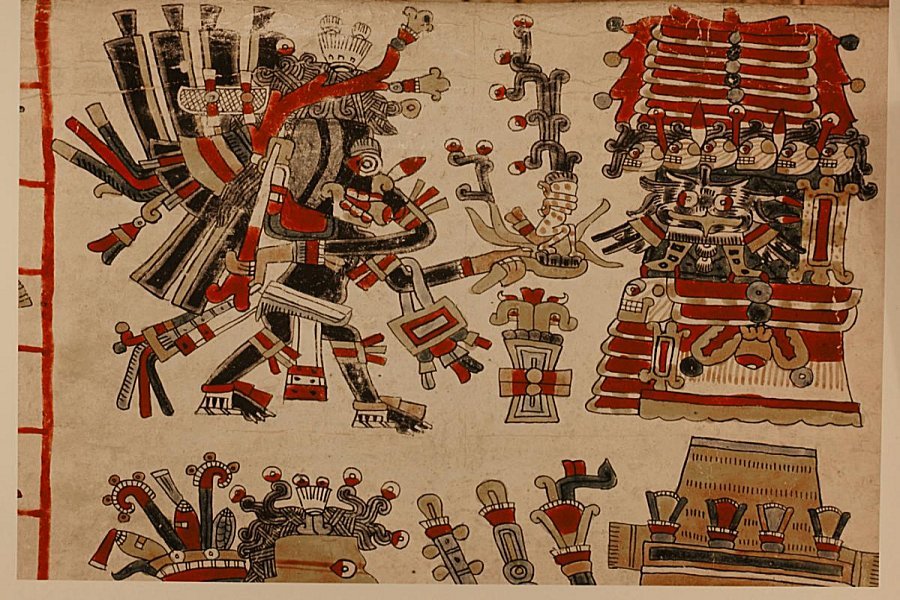Ancient Codex Cospi: Intriguing Pre-Columbian Ritual Manuscript From Central Mexico
A. Sutherland - AncientPages.com - On December 26, 1665, the Codex Cospi (or Codex Bologna) was given as a Christmas gift to the Italian nobleman Ferdinando Cospi (1606 - 1686).
Left: Unknown author /source (originally uploaded to the Polish-language Wikipedia by Adamt - Public Domain; Right: Picture of Tlāhuizcalpantecuhtli (Codex Cospi) Image credit: pixelsniper - CC BY 2.0 DEED
The gift is a pre-Columbian well-preserved, ritual screenfold manuscript, decorated with many illustrations and with the front cover, marked with four golden fan designs, specially created for that gift in Rome or Bologna, around 1665.
This codex was first recognized as a Mexican 'hieroglyphics' book in 1677; however, its precise date remains unknown. The intriguing document was also partially interpreted, but the study's results were unfortunately postponed forever.
Two different masters worked on the front and back sides of the codex.
Its front side contains three sections of pictures linked with dates, used for divination. The back side depicts eleven rituals.
Codex Cospi is a beautiful illuminated manuscript, protected by two covers made in the 17th century, probably to replace former older, wood covers. Image credit: Biblioteca Universitaria di Bologna
In its original screen-fold presentation, the Codex Cospi is 3.64 m long and contains twenty square leaves. Each of the 20 cards has the form of a square with a side length of about 18 cm.
It is made of five hard, polished deer skins, formed into rectangular strips joined together and forming one long, screenfolded strip, similar to an accordion. When closed, it looks like a square book about 178 mm high and its each page is 178,5 mm wide. Average thickness of the folded book is 20 mm.
The manuscript's content is divided into 4 parts. Three located on the front (obverse) side were written and illustrated by one scribe, and the fourth part on the back (reverse) side, has not the same high quality and was most probably prepared by a different and less skilled scribes.
External cards were added in the seventeenth century with the protective functions of additional parchment cards.
Part one, including pages from the first to the eighth contains a calendar of predictions, called ‘tonalpohualli’.
Offerings are made by the sun god, top, and the god of darkness, below. Sun god stands before a temple in which an eagle is enthroned, while the god of darkness stands before a temple inhabited by the rational owl, a symbol of utter destruction. Mexico. Mixtec, 1350-1500 Image credit: Santa Rosa Junior College
From the pages nine to eleven, there are depictions of Tlahuizcalpantecuhtli (Lord of the Dawn), the god of the planet Venus (the Morning Star) throwing spears at symbols of power, badly affecting the layout of the planets on each day of ritual calendar.
According to Aztec mythology, these negative symbols are Centeotl, the God of Maize widely associated with the Pleiades, the water goddess Chalchiuhtlicue ("Woman of the Jade Skirt"), linked with running water and rivers, springs, and lakes, who brings fertility to crops.
Other negative symbols represent a throne, a water mountain, and a jaguar holding a human heart.
Part three is related to the directions of the world. It depicts four gods, each of whom is burning incense in front of four temples.
These gods are: to the East, the Sun God Tonatiuh, to the West, the Maize God Cinteotl, to the North, the blind Itzlacoliuhqui (“Bent Obsidian Knife”), God of Cold, and finally, to the South, there is the Death God Mictlantecuhtli.
Based on historical sources, it is believed that the Codex Cospi (similar to other codices) was read aloud, during chant-like performances.
The Codex Cospi like other prehispanic codices, represents the religious and historical legacy of the pre-Columbian people of Mesoamerica. It was produced with the help of hieroglyphs and ideographs, to record historical events, politics, and religious matters such as calendars, rituals, divination.
It is believed that it originates from the region of Tlaxcala located in central Mexico, an ancient place where human life appeared as early as 10,000 BC, according to archaeological evidence.
The codex is currently located in the library of the University of Bologna.
Written by – A. Sutherland AncientPages.com Staff Writer
Updated on March 31, 2024
Copyright © AncientPages.com All rights reserved. This material may not be published, broadcast, rewritten or redistributed in whole or part without the express written permission of AncientPages.com
Expand for referencesMore From Ancient Pages
-
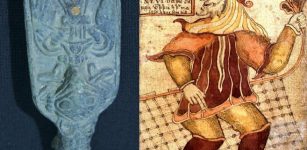 Rare Discovery Of Ancient Artifact Depicting Norse God Loki In Denmark Remains A Mystery
Archaeology | Jan 4, 2017
Rare Discovery Of Ancient Artifact Depicting Norse God Loki In Denmark Remains A Mystery
Archaeology | Jan 4, 2017 -
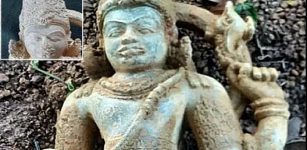 12th Century Idol Of Vishnumurthy Unearthed In Abandoned Well Near Udupi, India
Archaeology | Feb 26, 2021
12th Century Idol Of Vishnumurthy Unearthed In Abandoned Well Near Udupi, India
Archaeology | Feb 26, 2021 -
 Peru’s Wari Culture And Their Ancient ‘Amunas’ Will Help Peru’s Water
Ancient Technology | Apr 13, 2015
Peru’s Wari Culture And Their Ancient ‘Amunas’ Will Help Peru’s Water
Ancient Technology | Apr 13, 2015 -
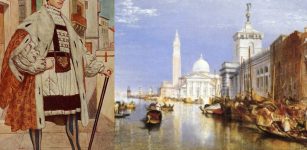 Ancient Venetian Merchants Were Always Prepared For The Worst
Featured Stories | Jul 12, 2024
Ancient Venetian Merchants Were Always Prepared For The Worst
Featured Stories | Jul 12, 2024 -
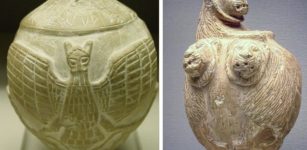 ‘Stone Club Head Of Mesilim’ Probably The Most Powerful Sumerian Ruler At That Time
Artifacts | Oct 12, 2017
‘Stone Club Head Of Mesilim’ Probably The Most Powerful Sumerian Ruler At That Time
Artifacts | Oct 12, 2017 -
 They Spoke The Language Of The Gods – Keepers Of Sacred Ancient Knowledge – Part 1
Civilizations | May 22, 2018
They Spoke The Language Of The Gods – Keepers Of Sacred Ancient Knowledge – Part 1
Civilizations | May 22, 2018 -
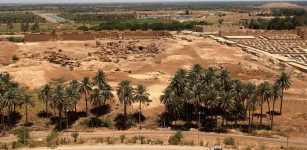 Ancient City Of Babylon Finally Declared A World Heritage Site By UNESCO
Archaeology | Jul 8, 2019
Ancient City Of Babylon Finally Declared A World Heritage Site By UNESCO
Archaeology | Jul 8, 2019 -
 Golosov Ravine – Mysterious Time-Warping Mist Causing Unexplained Disappearances And The Ancient Shrine Of God Veles
Featured Stories | Jul 3, 2021
Golosov Ravine – Mysterious Time-Warping Mist Causing Unexplained Disappearances And The Ancient Shrine Of God Veles
Featured Stories | Jul 3, 2021 -
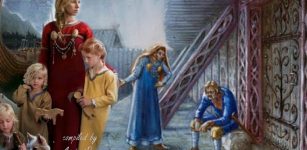 Mother, Father, Child, Marriage And Divorce In Viking Society
Ancient History Facts | Apr 27, 2020
Mother, Father, Child, Marriage And Divorce In Viking Society
Ancient History Facts | Apr 27, 2020 -
 Secrets Of Bolshoi Zayatsky Island – Mysterious Stone Labyrinths Of Unknown Purpose And Origin
Featured Stories | Oct 21, 2014
Secrets Of Bolshoi Zayatsky Island – Mysterious Stone Labyrinths Of Unknown Purpose And Origin
Featured Stories | Oct 21, 2014 -
 Mysterious Ancient Underwater Structure Beneath MacDonald Lake Reveals Traces Of A Lost Civilization In Ontario
Civilizations | Nov 15, 2018
Mysterious Ancient Underwater Structure Beneath MacDonald Lake Reveals Traces Of A Lost Civilization In Ontario
Civilizations | Nov 15, 2018 -
 Mystery Of Lama Dashi-Dorzho Itigilov: A Mummy Whose Body Defies Time
Featured Stories | Sep 21, 2018
Mystery Of Lama Dashi-Dorzho Itigilov: A Mummy Whose Body Defies Time
Featured Stories | Sep 21, 2018 -
 Secrets Of Quipu – Ancient Inca Message Decoded By Student
Archaeology | Dec 27, 2017
Secrets Of Quipu – Ancient Inca Message Decoded By Student
Archaeology | Dec 27, 2017 -
 Atomic Theory Was Invented 2,600 Years Ago By Acharya Kanad – A Genius Ahead Of His Time
Featured Stories | May 15, 2014
Atomic Theory Was Invented 2,600 Years Ago By Acharya Kanad – A Genius Ahead Of His Time
Featured Stories | May 15, 2014 -
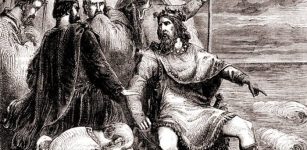 On This Day In History: Canute – Cnut The Great – Danish King Of England Died – On Nov 12, 1035
Featured Stories | Nov 12, 2016
On This Day In History: Canute – Cnut The Great – Danish King Of England Died – On Nov 12, 1035
Featured Stories | Nov 12, 2016 -
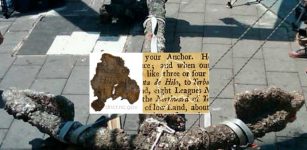 Tiny Paper Scraps From ‘Queen Anne’s Revenge’ Shed Light On Reading Habits Of Blackbeard’s Pirates
Archaeology | Jan 7, 2018
Tiny Paper Scraps From ‘Queen Anne’s Revenge’ Shed Light On Reading Habits Of Blackbeard’s Pirates
Archaeology | Jan 7, 2018 -
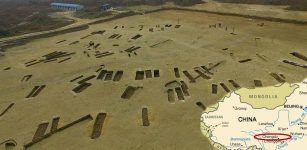 Underground Bronze Treasures Unearthed In 2,300-Year-Old Chengdu, China’s Sichuan Province
Archaeology | Mar 7, 2017
Underground Bronze Treasures Unearthed In 2,300-Year-Old Chengdu, China’s Sichuan Province
Archaeology | Mar 7, 2017 -
 Yggdrasil: Eternal And Sacred Tree Of Life In Norse Mythology
Featured Stories | Sep 22, 2016
Yggdrasil: Eternal And Sacred Tree Of Life In Norse Mythology
Featured Stories | Sep 22, 2016 -
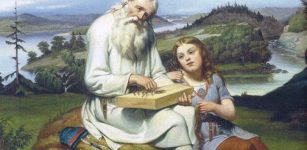 Vainamoinen – Sage, Sorcerer, Adventurer And Friend Of Ilmarinen In Kalevala Myths And Legends
Featured Stories | Nov 16, 2018
Vainamoinen – Sage, Sorcerer, Adventurer And Friend Of Ilmarinen In Kalevala Myths And Legends
Featured Stories | Nov 16, 2018 -
 DNA Of Nine 13th Century Crusaders Provides A Glimpse Into Soldiers’ Life And Death
Archaeology | Apr 22, 2019
DNA Of Nine 13th Century Crusaders Provides A Glimpse Into Soldiers’ Life And Death
Archaeology | Apr 22, 2019


